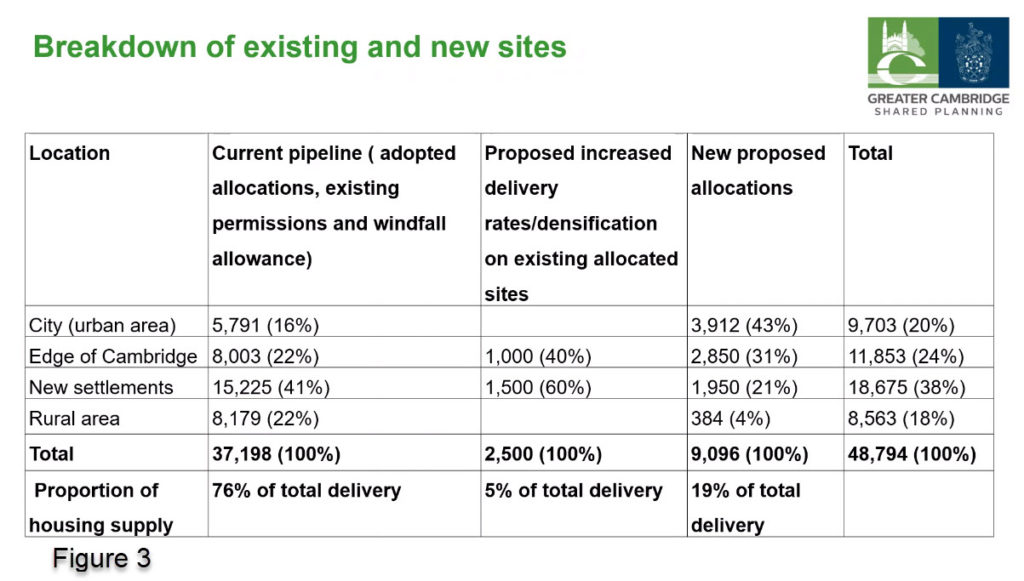Local plan is an important set of document for identifying development needs of our area, where they should be met, and how they should be met. South Cambs Cabinet on Friday approved the First Proposals for the emerging Greater Cambridge Local Plan for Public Consultation in November 2021.
This is my introduction to the Cabinet in presenting the First Proposals document.

We need to respond to the needs of our area – we would be letting down our communities otherwise. People need to be able to live in the area and work locally including our teachers, nurses, doctors, drivers, hospitality workers, electricians, plumbers many who already live here or have to commute into work. We are creating great jobs across all manner of sectors, but it’s no good to provide jobs but not homes
We are in a good place – we already have a lot of high quality development planned and in the pipeline from previous local plans. Communities like Waterbeach and Northstowe, plus land already identified in earlier plans along with other sites adding up to some 37,200 homes across both South Cambridgeshire and Cambridge City for the period 2011 to 2031. Many large sites like these build out over periods of 20 years or more, which is why we can rely on them for the emerging local plan. This means we only need to add 11,500 additional homes during the coming decades 2021 to 2041 for us to meet our needs in full.

The proposals identify new sites which would focus development where it provides opportunities for cycling and walking, and access to high quality transport. These proposals are informed by a large amount of evidence and testing. Two of the major site proposals, North East Cambridge and Cambridge East, are cross boundary sites. Preparing a joint plan allows us to consider the strategy choices available and determine the best strategy for the Greater Cambridge area, rather than being guided by arbitrary lines between City and District.
Focusing new development on these key areas not only protects our villages from inappropriate development but is also the right thing to do for our climate and our natural green spaces. We propose just 384 homes in 5 of the bigger villages, out of a total of 106 villages in South Cambridgeshire. The plan focuses development on places where you won’t need a car to lead your day to day life, and clearly most of our villages don’t meet this priority.
Protecting and enhancing the environment is also a key part of these plan proposals. We are being very clear that water is a real deal-breaker – we need action from the industry and government to sort this out.
The First Proposals would set ambitious targets for building standards to help us on our net zero carbon journey. Our Green Infrastructure mapping project has also lead to a set of projects that can be invested in towards achieving our doubling nature vision.
We must remember that these are our first proposals, and it is not yet a fully drafted plan. Community engagement has been key to getting us to this point, and we now want to engage again. To do this we will use innovative digital approaches through our website, through webinars, and with face to face events focusing on hard to reach groups. I would like to encourage people to take part and give us their view.
We have learnt lessons from the last plan making process in 2011 to 2014. This is why we are introducing this “First Proposals-Preferred Options” stage, which was not in the last plan-making. The point of this stage is to test out the proposals, hear what our communities think about them, and consider what improvements could be made and where. This is why we need everyone to engage.
We want to #PlanTheWorldWeNeed by #PlanningWithOurCommunities. We need to do this together. I look forward to perhaps seeing you or talking to you at some of the online events we will be holding or even face to face events.
Thank you.